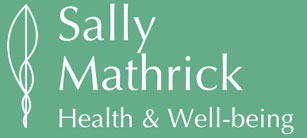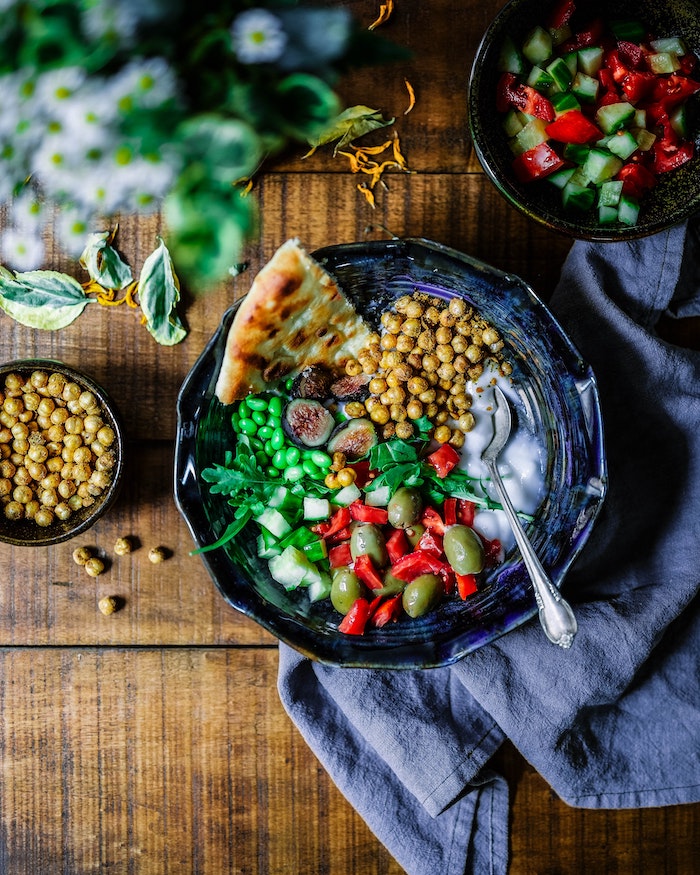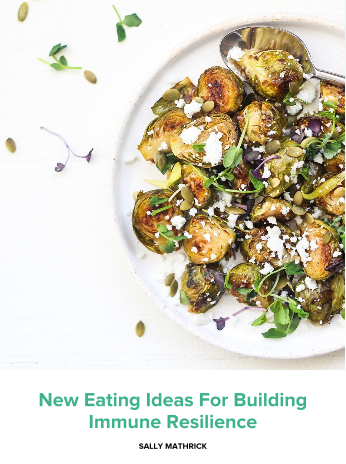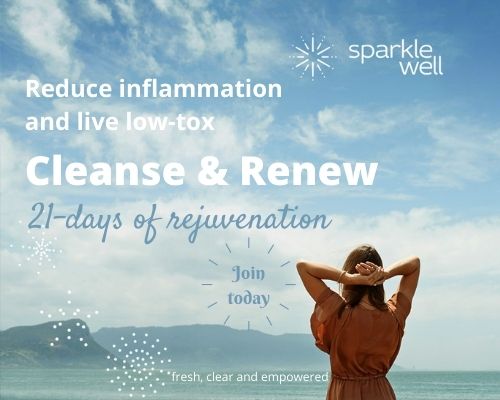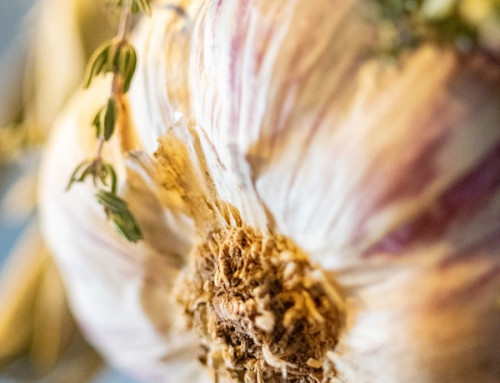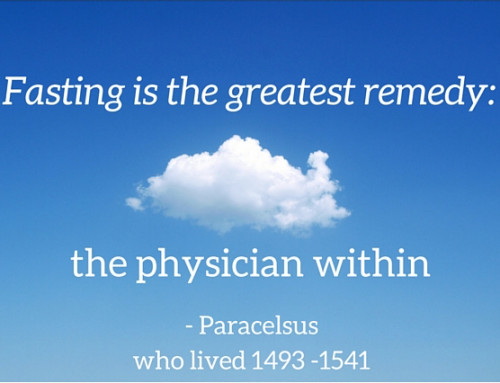Inflammation is a natural immune response that protects the body
It’s important to keep the immune response balanced and appropriate, or in other words, immune competent.
(6 minute read)
Ninety percent of people who catch the virus SARS-CoV-2 will have mild or no symptoms (Mohammad et al), yet others will develop Corona Virus Disease-19 (CoViD-19).
So, why do some people get sick with Covid-19, yet others don’t?
The need for hospital and the risk of death from CoViD-19 is closely associated with Covid cytokine storms (CS) (Hu, Huang, Yin 2021).
A cytokine storm is an uncontrolled overproduction of inflammatory markers leading to an out-of-control, systems-wide inflammatory response (Coperchini et al 2020).
These ‘storms’ can be triggered with rheumatoid diseases, cancers as well as infections. A CoViD-19 cytokine storm (CoViD-CS) has a particular nature, which is still being figured out (Caricchio et al 2021). The inflammatory responses occur from both the innate (always there) and adaptive (learned) immune systems, activated by SARS-CoV-2 virus (Tang et al 2020).
One of the inflammatory markers indicated in CoViD-CS is called Interleukin-6 (Il-6) (Cicchio et al 2021, Coperchini et al 2020). Il-6 increases in many chronic disease states.
If your body is easily inflamed, this natural response can get out of hand, making disease more severe.
The good news in, you can reduce a tendency for excess inflammation, through simple changes!
What’s your risk of having severe CoViD-19?
We know that COVID-19 disease more severely impacts people with co-morbitities (Mohammad et al 2021)
Co-morbidities are chronic diseases identified by the USA’s CDC here. Many of these diseases have been occurring as epidemics throughout our industrialised planet. Topping this list are obesity and overweight, cardio vascular disease, cancer and diabetes. Commonly, these are diseases due to poor lifestyle.
Academic risk calculator for COVID-19 hospitalisation
Oxford University have created a calculator to assess the risk of needing to go to hospital or dying of COVID-19. It provides an ‘academic’ insight (clearly stating that this is not a clinical tool). It may however give you some insight on your own situation and risk.
Underlying most chronic disease is a tendency towards excess inflammation.
In people suffering with high blood pressure, high blood glucose and high waist measurements, this pro-inflammatory environment has been called Metabolic Inflammation or ‘metaflammation’ (Mastrocola et al 2018).
Many of the COVID-19 associated deaths and ICU beds are used for those people suffering with “co-morbidities”. People with diabetes, obesity and cardiovascular diseases were significantly more impacted by COVID-19 than people without these illnesses in France (Piroth et al 2021). Understanding why obesity increases the risk of severe disease is being clarified (Mohammad et al 2021). It’s likely that the metabolic inflammatory environment is a key driver.
What if we directed some of our pandemic Public Health response towards building health and resolving the epidemics of obesity, diabetes, heart disease?
Doing so, could free up hospital space, during the pandemic, and afterwards, plus create a more resilient population. The best type of medicine to reverse this can be found in Lifestyle Medicine.
‘Metaflammation’ can be reduced by predominantly plant-based diets
One aspect of nutrition in Lifestyle Medicine describes a way of eating that stands in contrast to the current Western Standard Diet. It is a predominantly plant-based diet. If we reach for the stars, an idealised version involves a wide variety of organic, locally grown, seasonal and whole fruits, vegetables, legumes, nuts, seeds and wholefoods. However, starting with increasing your vegetable portion is fantastic place to begin
And, we’re not talking about eating more potato chips here …
This recommended diet reduces inflammation inside the body. It is also rich in polyphenols, plant chemicals which show great promise for reducing risk of CoViD-CS (more about that further down).
FREE Building Immune Resilience Recipe Book
Join our mailing list and receive a collection of 25 recipes to help nourish your immune function, reduce excessive inflammatory tendency and support regenerative food systems.
Sign up and we’ll email you access to the recipe book.
We respect your privacy and you can unsubscribe anytime.
Standard Western Diet increases systemic inflammation
The standard modern diet contributes to creating chronic, low grade inflammation (Christ et al, 2019). This diet includes many of the fast and convenience foods regularly advertised to people. Foods that are high in inflammatory fats, proteins and carbohydrates reduce the tissue quality of the human body. However the short term “feel good” that high sugar, high fat foods elicit, momentarily sate our need to feel better (explored further in Blog Part 4). This need for comfort foods is amplified during a lockdown, to help abate the stress of isolation, and feelings of lacking of personal freedom, plus they’re convenient, cheap and easy.
Why don’t we further explore the conversation about incentivising nourishing foods, and taxing those foods that perpetuate the pandemics we are facing?
Alternatives to reduce low grade chronic inflammation
Complementary and Alternative Medicine (CAM) offers a range of approaches that can reduce inflammation, reduce excessive coagulation, and act as antioxidants to reduce cytokine storms in CoVid-19 (Singh et al 2021).
A proposed key to stopping the cytokine storm in CoViD-19 are the naturally occuring polyphenols (Giovinazzo et al 2021). For example, a food as medicine compound, quercetin, could play a role in reducing respiratory inflammation (Aucoin et al 2020). Quercetin is available as a supplement, and in these studies was dosed between 500-1000gm a day.
Foods most abundant in quercetin include apples, honey, raspberries, onions, red grapes, cherries, citrus fruits, and green leafy vegetables.
Sounds kind of plant based, right…
Our immune systems inflames from toxins too
Compounds that are toxic to the body are sadly many and wide spread in our air, soil, water and food due to the industrialised world we live in. Our immune system inflames in response to these.
Therefore reducing toxin exposure is important for competent immune function. Doing so also shifts our planet’s trajectory towards well-being. It is not only humans that are impacted by these toxins, bees are too. Indeed, everything is.
We need to live in a different way; one wherein we care for the planet, each other, and ourselves.
Could the pandemic be providing an excellent opportunity to shift the way we live life, towards one that is more regenerative and nourishing?
Global Syndemic: Where Pandemics Collide
Professors unite to compile an evidence based Lancet Report on health and environment in the 21st century, considering obesity (an inflammatory chronic disease), malnutrition and climate change. They offer societal solutions that could transform our world into the one we all want #omniwins
Learn how to further enhance your immune competency by being kind and compassionate in the forth immune blog.
Community Chat on Natural Supports during the COVID-19 Pandemic
Sally Mathrick – April 2020 – Lecture to the Panda-versity Facebook Group
Video Content + Timing:
0 mins – Introduction – What is Covid-19
4:10 mins – Mind hacks to build resilience
6:08 mins – Vagal tone breathing practice for anxiety reduction
9 mins – Physical distancing and spreading the virus
15:50 mins – Immune enhancement methods – Barriers of heat
19 mins – Powerful digestion
20:30 mins – Mucous membranes
26:40 mins – Immunity and its interfaces – Psycho – neuro – endocrine – immuno
28:50 mins – Foods and nutrients for immune function
36:50 mins – Lifestyle Medicines for immunity
38:00 mins – Our opportunity, Q&A and chat
